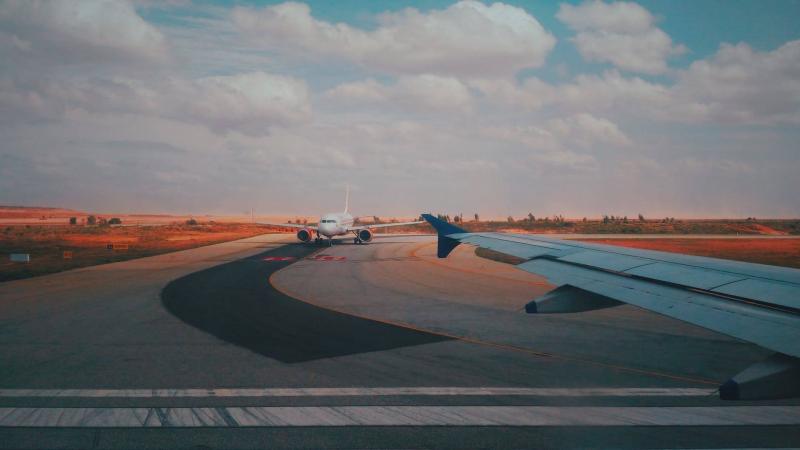The global aviation sector is anticipated to make a comeback after facing a severe financial crisis due to the COVID-19 pandemic, despite concerns about its impact on climate change. In a new indication of trends linked to the sector, the International Air Transport Association (IATA) has stated that it does not expect air traffic to return to pre-pandemic levels before 2023. However, air traffic is projected to double over the next 20 years, rising from 4.5 billion passengers in 2019 to 8.5 billion passengers by 2039. These numbers represent a decline of one billion passengers compared to IATA's forecasts made before the COVID-19 crisis.
**Manufacturing Plans**
Nonetheless, these figures are good news for aircraft manufacturers who reduced their production during the crisis as airlines canceled orders to stay financially resilient during the pandemic. Airbus has already announced plans to accelerate the production of its best-selling A320 single-aisle aircraft, with expectations of reaching a record level in 2023. Boeing predicts that airlines will need 43,110 new aircraft by 2039, nearly doubling the global fleet. Asia alone is expected to account for 40% of this demand.
**Travel Demand**
Boeing's Vice President of Marketing, Darren Hallst, remarked that "just as was the case with the September 11 attacks or the global financial crisis (2007-2009), the sector will prove resilient once again." Mark Evali, Director of Research at the Paris Institute of Advanced Social Studies, noted that only 1% of the population currently travels by air. He said, "With demographic growth and increasing wealth among people, the demand for air travel will rise, and consequently, so will the demand for aircraft."
**Expected Increases**
While the largest aircraft fleets are currently in the United States and Europe, the most significant increases are anticipated in Asia and the Middle East, according to a recent study by consulting firm Oliver Wyman. In many emerging economies, where the middle class is expanding, air travel has become accessible to an increasing number of individuals.
**Major Goals**
Furthermore, the aviation center CAPA stated that "among emerging Asian countries, the ability to travel by air is one of the most ambitious goals," indicating that this is a sign of social and economic maturation, opening avenues for experiences that were previously unattainable. The center suggested that these individuals are unlikely to share the increasing sentiment among some Westerners about the necessity of reducing air travel to decrease individual carbon footprints. It added: "For the upcoming travelers, the principle of (stigma from flying) is entirely alien at the popular level." Consequently, it is unlikely that stigmatization of air travel will gain much momentum in Asia.
**Flygskam Movement**
The "flight-shaming" movement, or "Flygskam," originated in Sweden in 2018 as a challenge to the rising popularity of air travel, which flourished in Europe thanks to low-cost airlines that made weekend travel across the continent more accessible to the public. Air traffic in Sweden declined by 4% in 2019, but recorded record levels across Europe, according to the European Organization for the Safety of Air Navigation (Eurocontrol). Countries like Sweden have begun to reintroduce night trains to offer travelers more environmentally friendly options for travel. France, which is also promoting its night trains, is reducing domestic flights when the journey can be completed by train in under two and a half hours.
- Boeing expects airlines to need 43,100 new aircraft by 2039.




